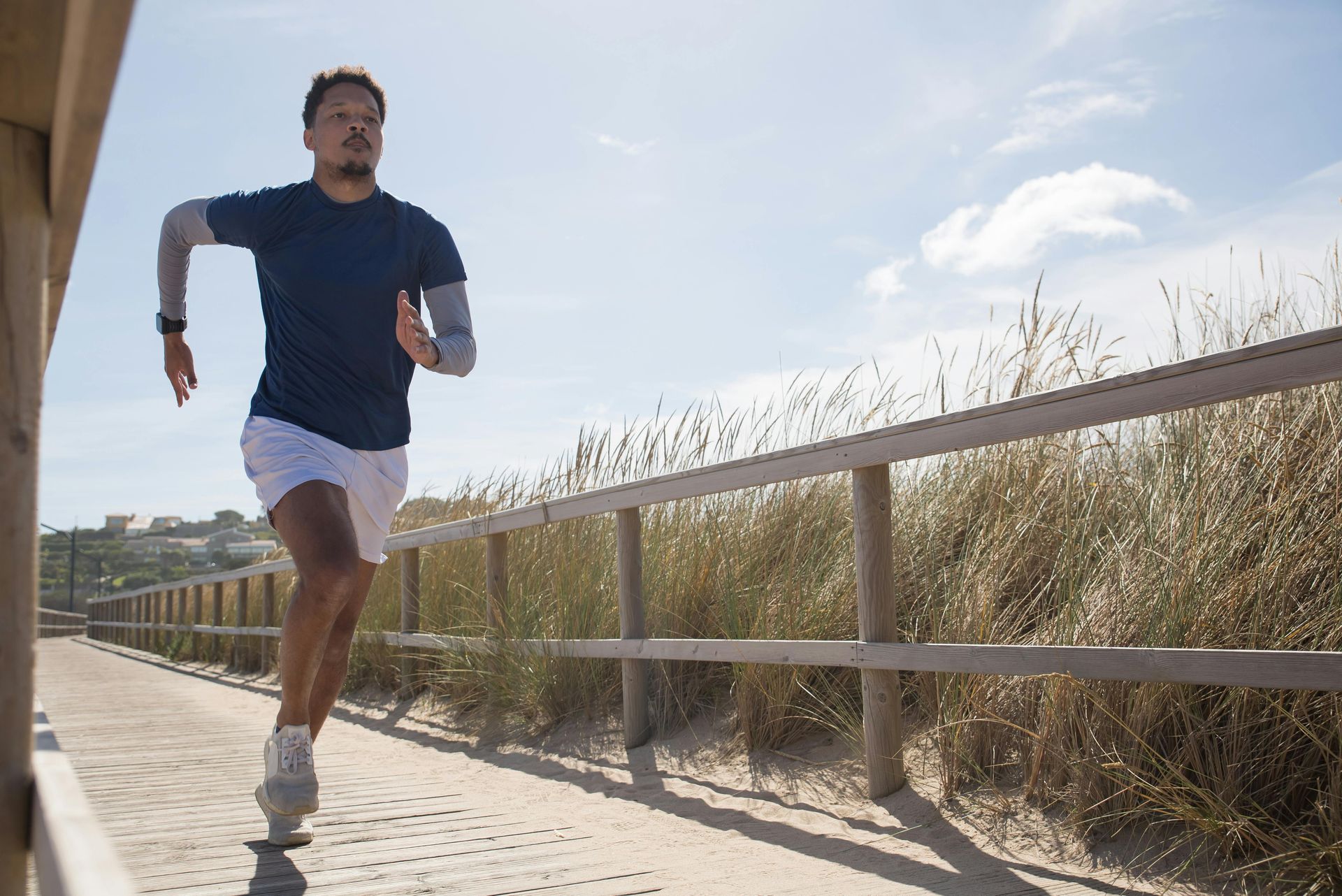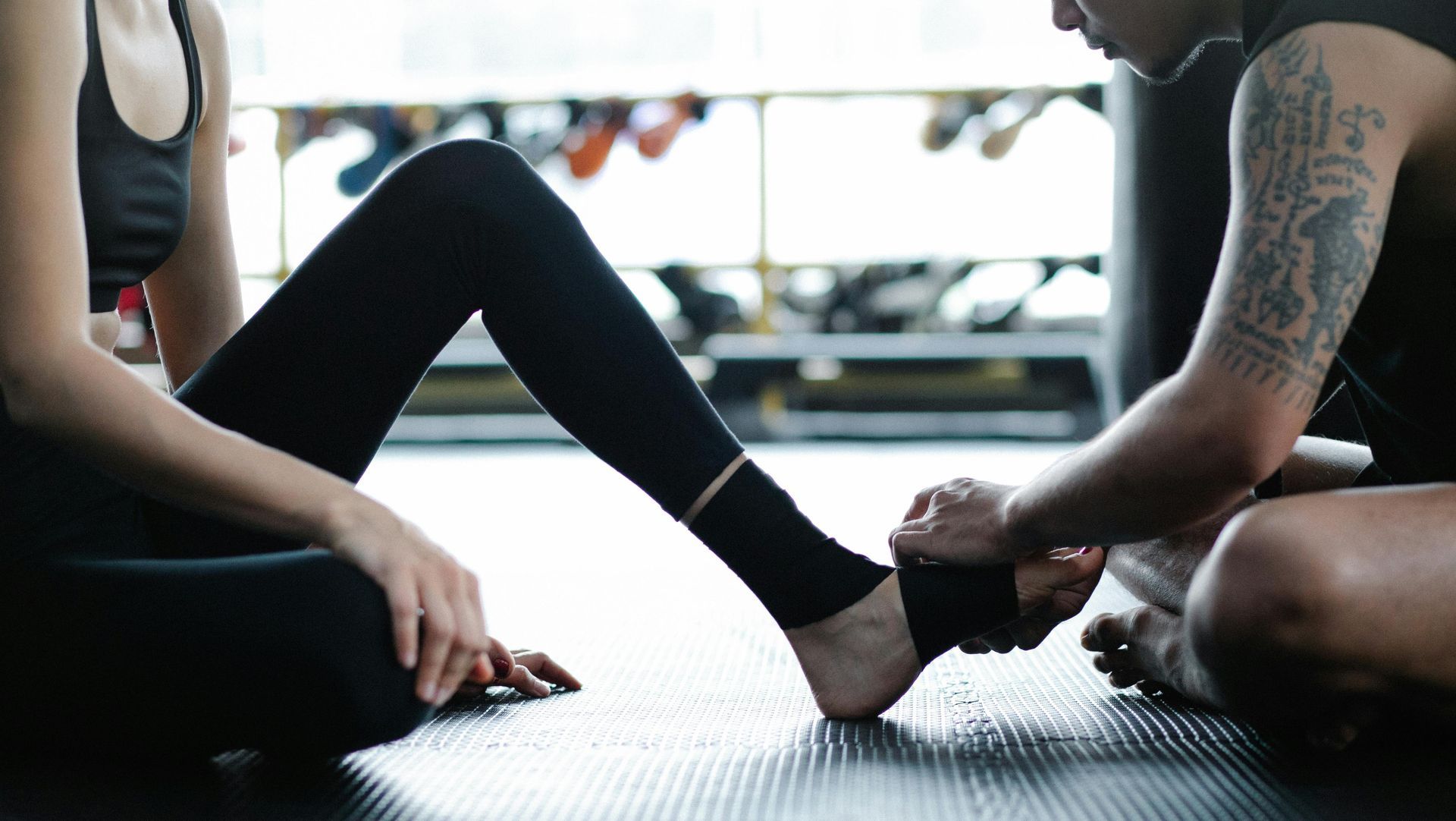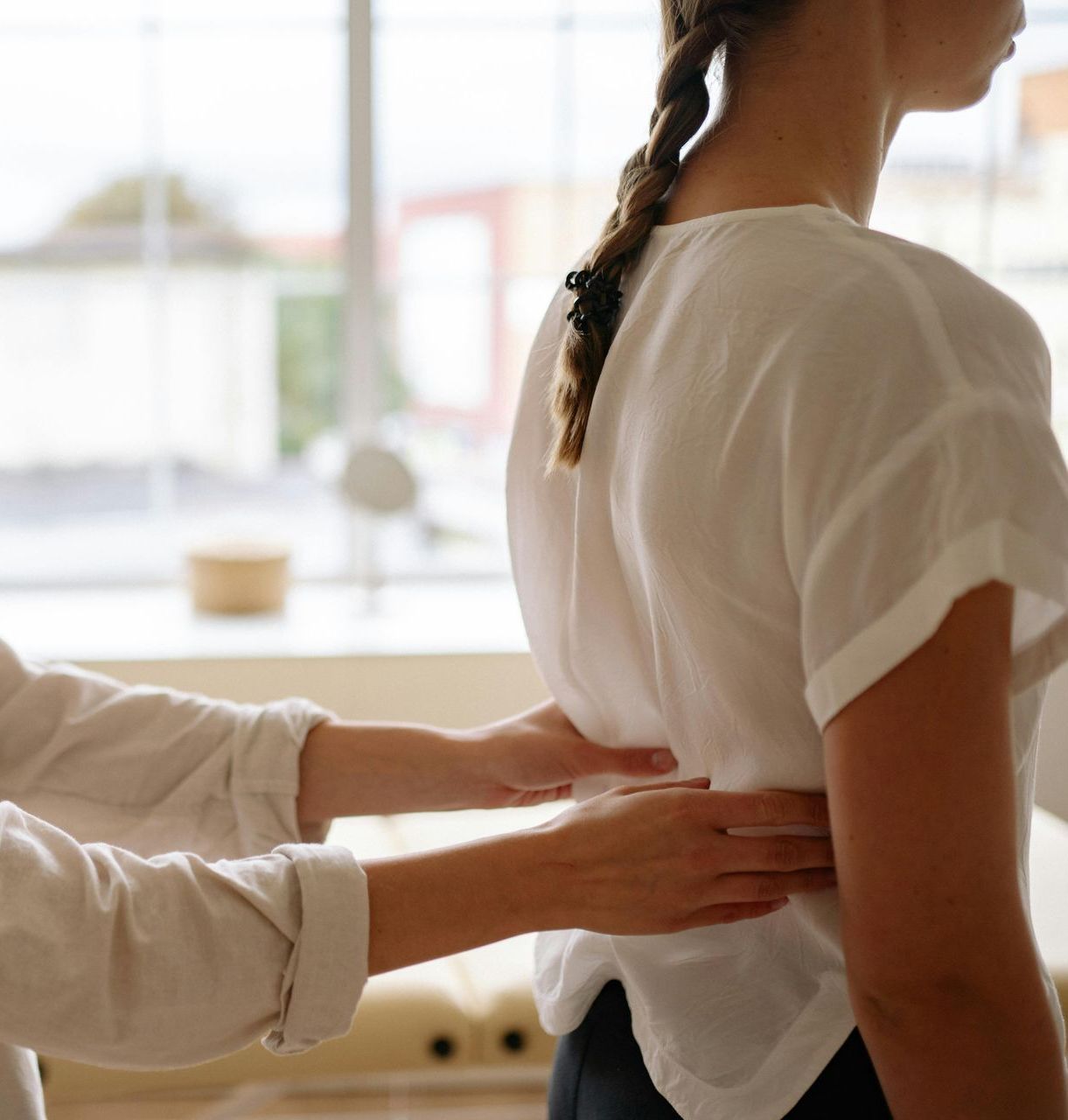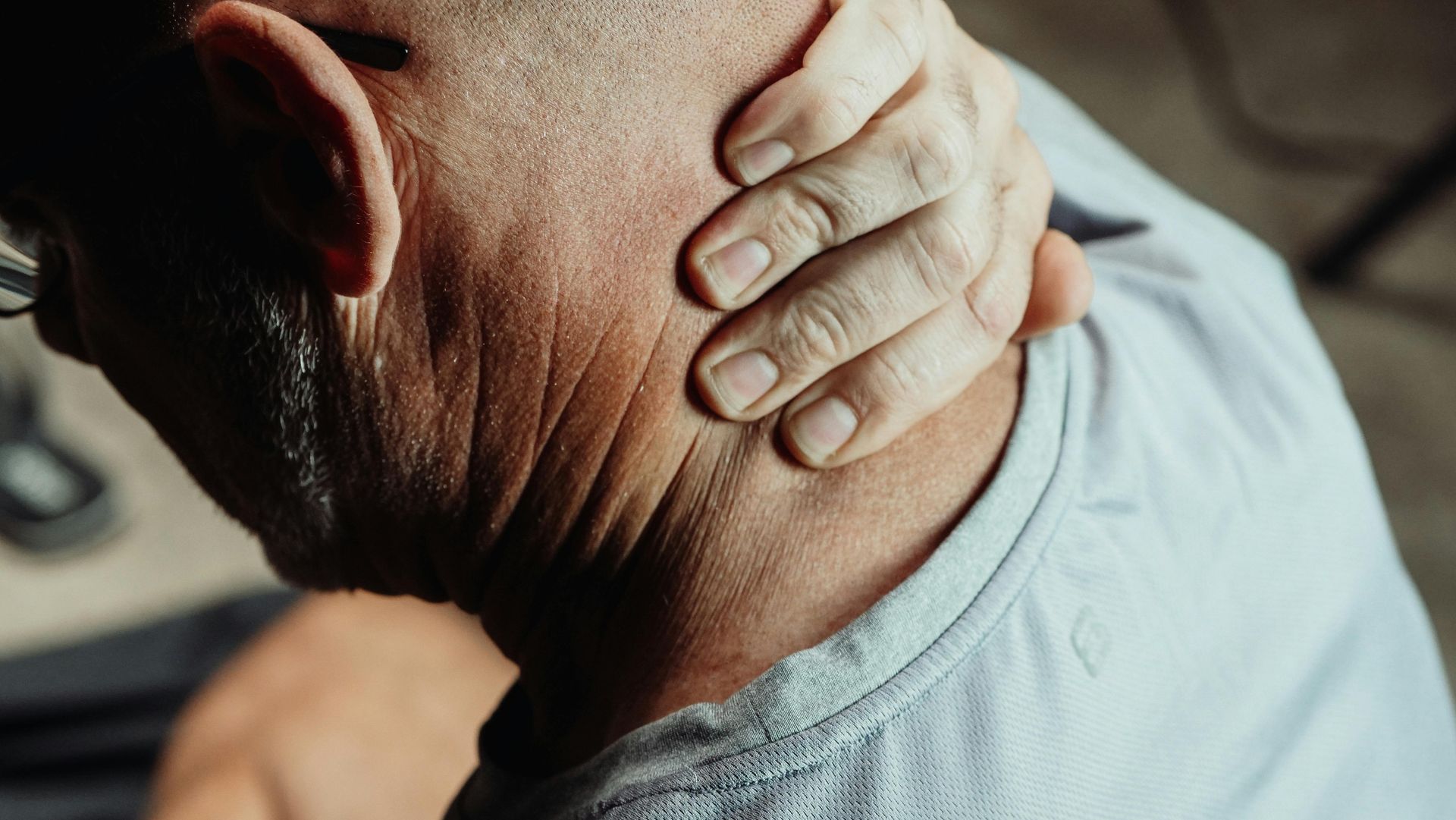Blisters are the most common injury in sport!
Blisters are the most common injury in sport...
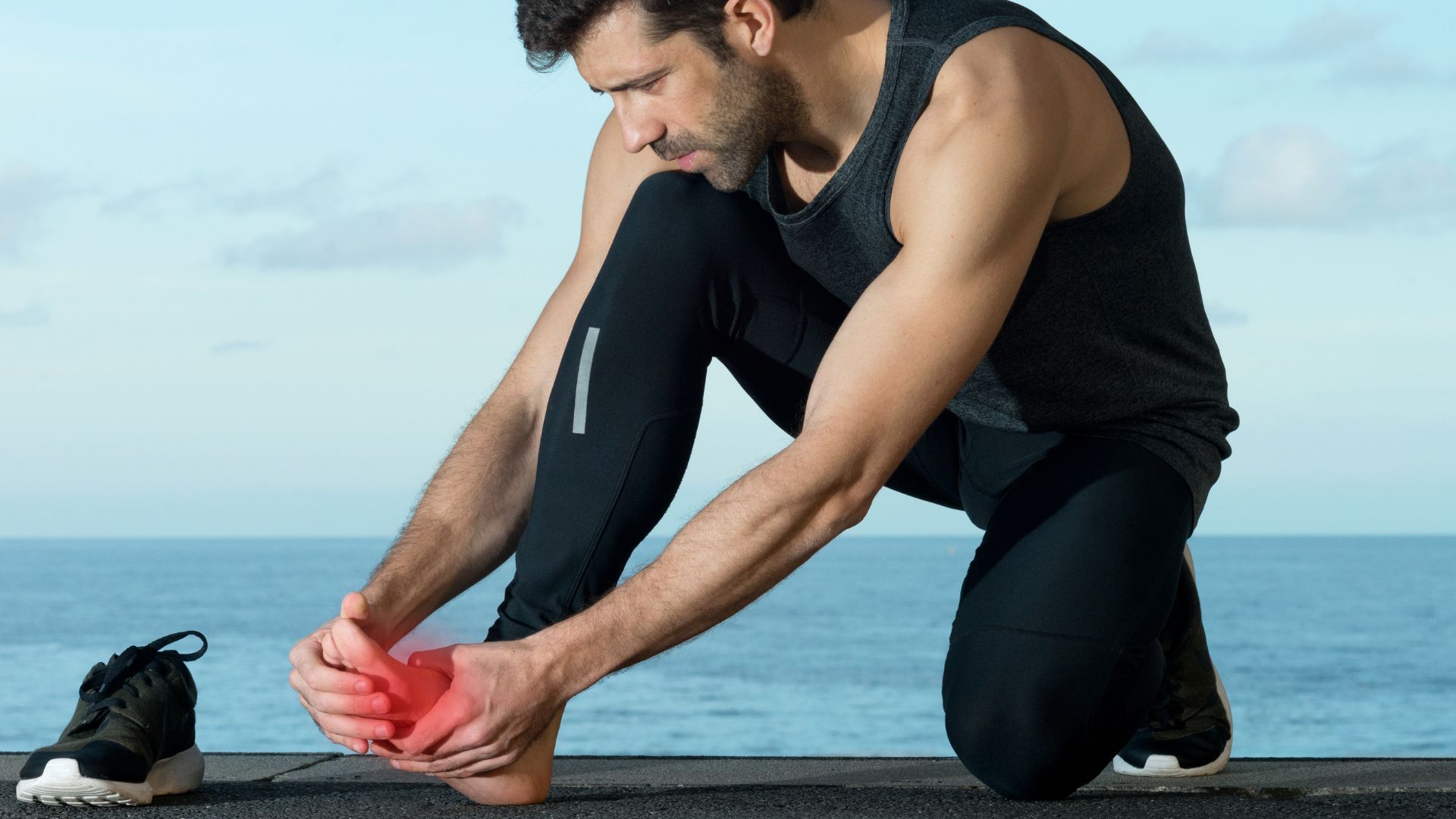
Research shows between 16% and 76% of runners and between 21% and 95% of hikers
suffer with friction blisters on their feet!
Blisters are also incredibly common and debilitating
in sports like netball, tennis and football.
In fact, foot blisters aren’t just the most common foot injury in sport, they’re THE most
common injury in sport!
More common than musculoskeletal injuries including knee pain,
Achilles tendinitis, lower back pain and ankle sprains; and more common than any other skin
injury.
Of even more concern, foot blisters are associated with a 50% increased likelihood of a
musculoskeletal training-related injury!
Worth preventing, don’t you think?
Working with Western United in the A-league, the worst part of the preseason was the
blisters. It was something that I have worked strongly at decreasing if not nearly preventing.
This is not just at a professional level but at a junior and recreational levels as well
There is new understanding in what causes friction blisters on feet and how to prevent them.
It’s not just about heat, moisture and friction.
Blisters are a tear under the skin surface caused by the skin and bone moving out of sync.
As the bones move within the foot with each step we take, the skin does not immediately follow, and so the soft tissues between skin surface and bone are made to stretch and distort. This is called shear distortion.
If there is too much shear, a tear develops within the layers of skin which fills with fluid within 2 hours to form the blister.
The good news is, ... there is a way to beat the blister odds. No matter what sport or activity you take part in.
It involves creating a Blister Plan!
At Errol St Physio we are Blister Prevention Certified and can provide you with your very own individualised blister plan
today.
We'll discuss your blister history, examine your gait, feet and shoes, we'll understand your
goals and discuss your susceptibilities to deliver your own written blister plan that you can
easily follow.
We can help!
Simply give our friendly reception team a call on 9329 9988
OR
